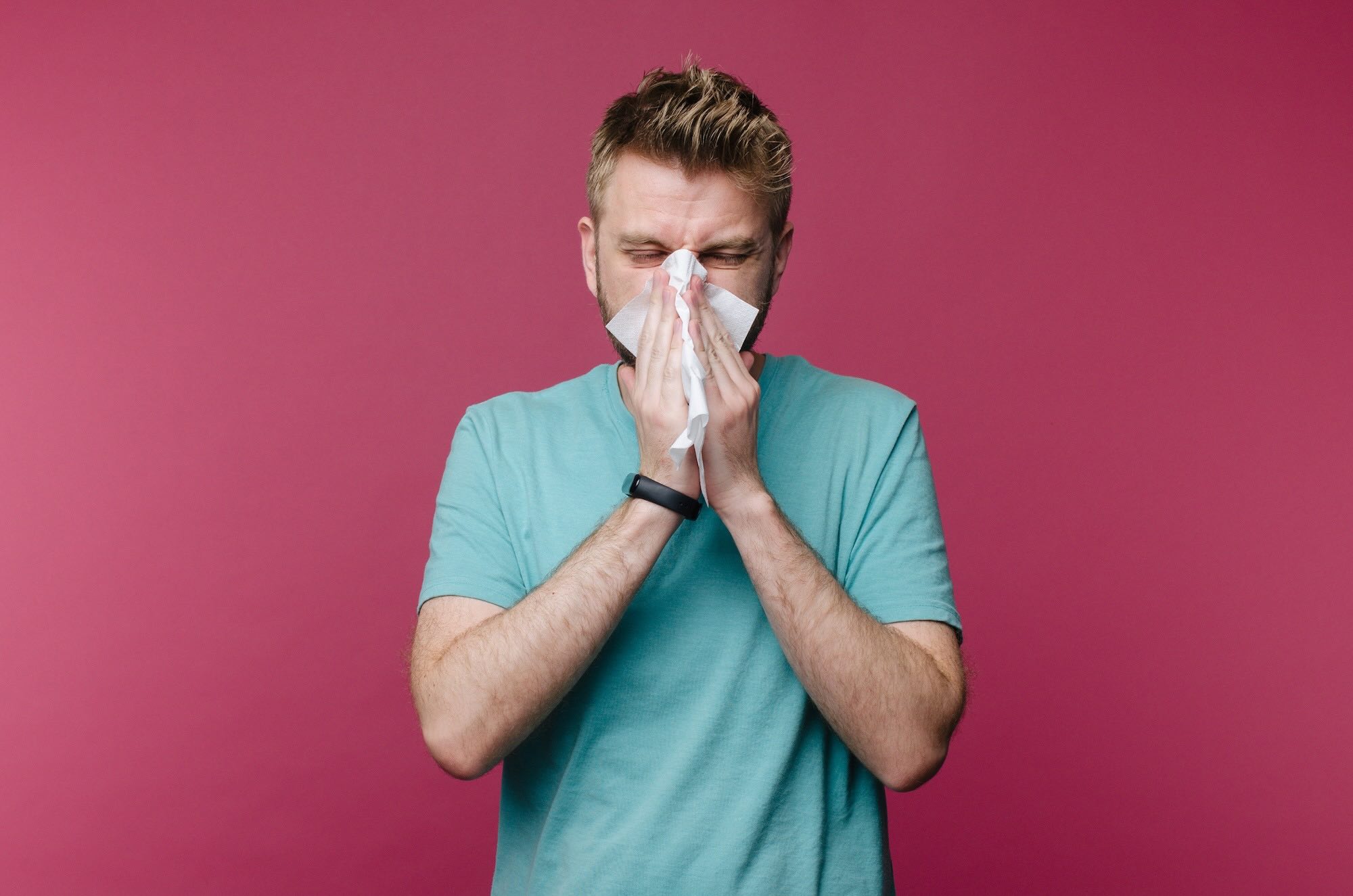
Post-nasal drip syndrome can be a real nuisance, causing that annoying feeling of mucus trickling down your throat. But what exactly is it? Post-nasal drip happens when excess mucus builds up in the nasal passages and drips down the back of the throat. This can lead to a sore throat, cough, or even bad breath. Common causes include allergies, colds, sinus infections, and certain foods. Understanding the symptoms and triggers can help manage this condition better. In this article, we'll dive into 27 fascinating facts about post-nasal drip syndrome, shedding light on its causes, symptoms, and potential treatments. Ready to learn more? Let's get started!
Key Takeaways:
- Post-nasal drip syndrome occurs when excess mucus accumulates in the throat, causing discomfort. It can be triggered by allergies, colds, and even spicy foods, impacting daily life and sleep.
- To manage post-nasal drip, stay hydrated, use nasal irrigation, and avoid triggers like allergens. Seek medical attention if symptoms persist for more than 10 days or if there is severe pain or difficulty breathing.
What is Post-Nasal Drip Syndrome?
Post-nasal drip syndrome (PNDS) happens when excess mucus accumulates in the back of the throat. This can cause discomfort and other symptoms. Let's explore some interesting facts about this condition.
-
Mucus Production: The body produces about 1 to 2 quarts of mucus daily. This mucus helps trap dust, bacteria, and other particles.
-
Common Causes: Allergies, colds, flu, sinus infections, and even spicy foods can trigger PNDS.
-
Symptoms: Common symptoms include a sore throat, cough, and the feeling of mucus dripping down the throat.
-
Silent Reflux: Sometimes, acid reflux can cause post-nasal drip without the typical heartburn symptoms.
-
Seasonal Allergies: Spring and fall are peak times for allergies, which can worsen PNDS.
How Does Post-Nasal Drip Affect Daily Life?
Living with PNDS can be challenging. It can interfere with daily activities and overall well-being.
-
Sleep Disruption: Many people with PNDS experience difficulty sleeping due to coughing and throat irritation.
-
Voice Changes: Excess mucus can cause hoarseness or a raspy voice.
-
Bad Breath: Mucus build-up can lead to bad breath, also known as halitosis.
-
Swallowing Issues: Constant mucus in the throat can make swallowing uncomfortable.
-
Ear Problems: Mucus can block the Eustachian tubes, leading to ear pain or infections.
Treatments and Remedies for Post-Nasal Drip
There are various treatments and home remedies to manage PNDS effectively.
-
Hydration: Drinking plenty of water helps thin the mucus, making it easier to expel.
-
Nasal Irrigation: Using a saline solution to rinse the nasal passages can reduce mucus build-up.
-
Humidifiers: Adding moisture to the air can soothe irritated nasal passages and throat.
-
Over-the-Counter Medications: Decongestants and antihistamines can provide relief from symptoms.
-
Avoid Triggers: Identifying and avoiding allergens or irritants can help prevent PNDS.
Interesting Facts About Post-Nasal Drip
Here are some lesser-known facts that might surprise you.
-
Not Just Humans: Animals, including dogs and cats, can also suffer from post-nasal drip.
-
Weather Impact: Cold, dry air can worsen PNDS, while warm, humid air can provide relief.
-
Diet Connection: Dairy products can thicken mucus, making symptoms worse for some people.
-
Stress Factor: High stress levels can exacerbate PNDS symptoms.
-
Exercise Benefits: Regular physical activity can help reduce mucus production and improve overall respiratory health.
When to See a Doctor for Post-Nasal Drip
While PNDS is often manageable at home, there are times when medical attention is necessary.
-
Persistent Symptoms: If symptoms last more than 10 days, it's time to consult a doctor.
-
Severe Pain: Intense throat or ear pain should not be ignored.
-
Fever: A high fever may indicate a more serious infection requiring medical treatment.
-
Blood in Mucus: Seeing blood in mucus can be a sign of a more serious condition.
-
Difficulty Breathing: Any trouble breathing should be addressed by a healthcare professional immediately.
Preventing Post-Nasal Drip
Prevention is key to managing PNDS and reducing its impact on daily life.
-
Good Hygiene: Regular hand washing and avoiding close contact with sick individuals can prevent infections that cause PNDS.
-
Healthy Diet: Eating a balanced diet rich in fruits and vegetables can boost the immune system and reduce the risk of infections.
Final Thoughts on Post-Nasal Drip Syndrome
Post-nasal drip syndrome can be a real nuisance, but understanding it better helps manage symptoms. Knowing the causes, like allergies or infections, allows for targeted treatments. Simple remedies such as staying hydrated, using a humidifier, or over-the-counter medications can offer relief. If symptoms persist, consulting a healthcare professional is wise. They might suggest prescription medications or further tests to rule out other conditions. Awareness of triggers and maintaining a healthy lifestyle can also reduce occurrences. Remember, while post-nasal drip is common, it’s manageable with the right approach. Stay informed, take proactive steps, and don’t hesitate to seek medical advice when needed. Your comfort and health are worth it.
Frequently Asked Questions
Was this page helpful?
Our commitment to delivering trustworthy and engaging content is at the heart of what we do. Each fact on our site is contributed by real users like you, bringing a wealth of diverse insights and information. To ensure the highest standards of accuracy and reliability, our dedicated editors meticulously review each submission. This process guarantees that the facts we share are not only fascinating but also credible. Trust in our commitment to quality and authenticity as you explore and learn with us.
